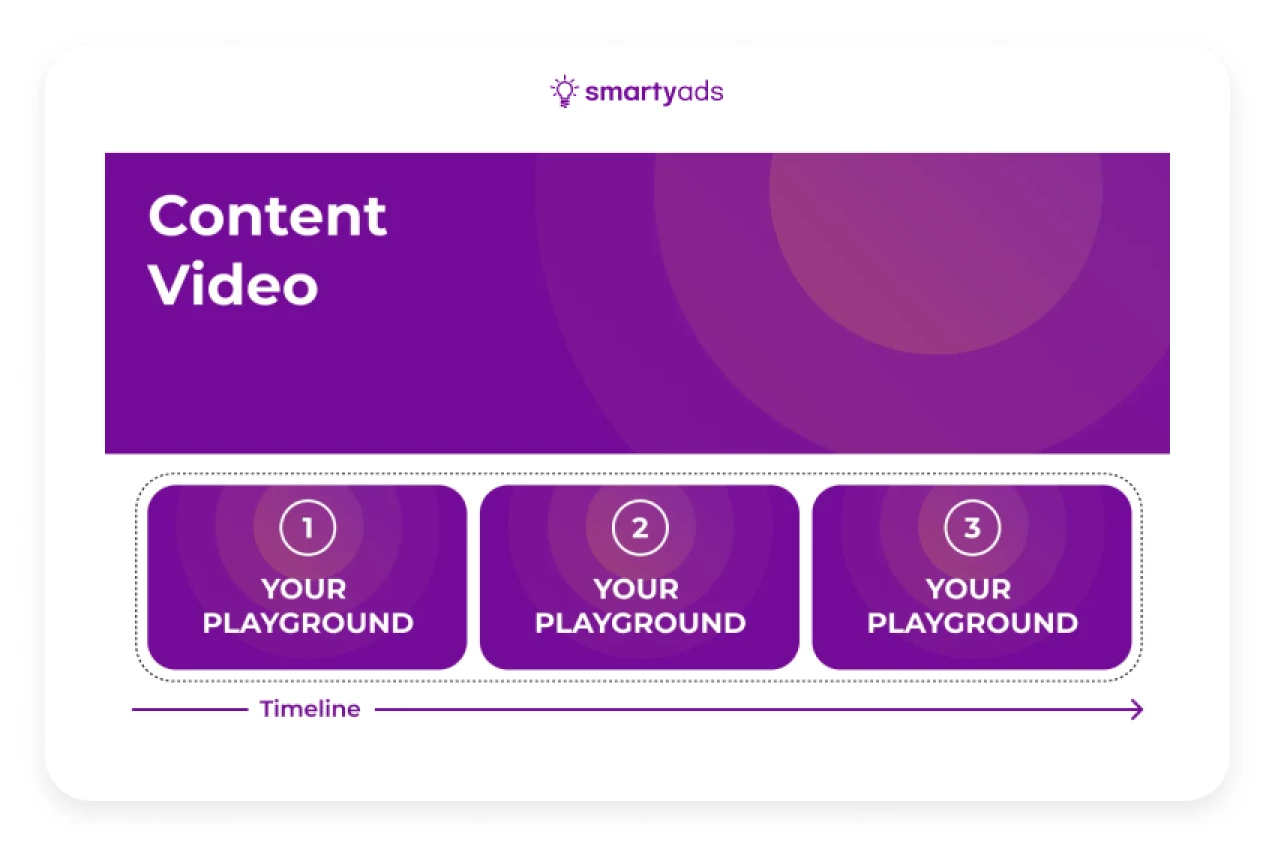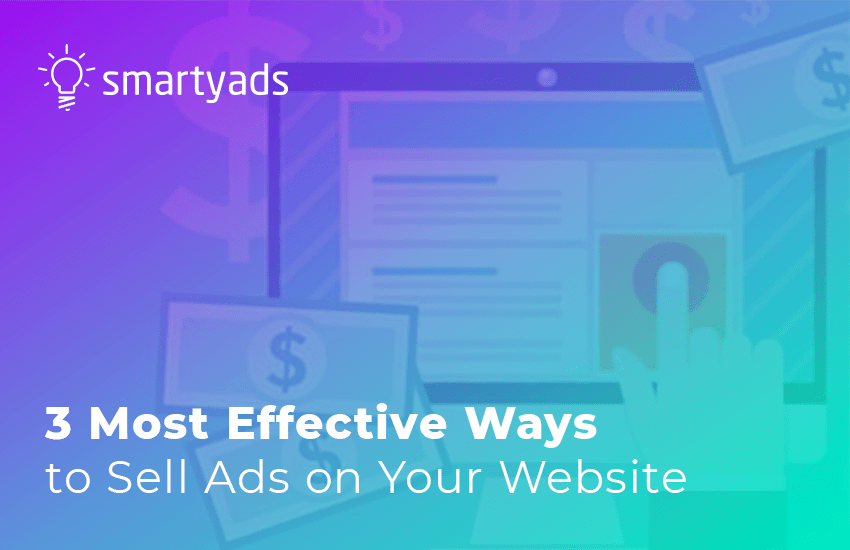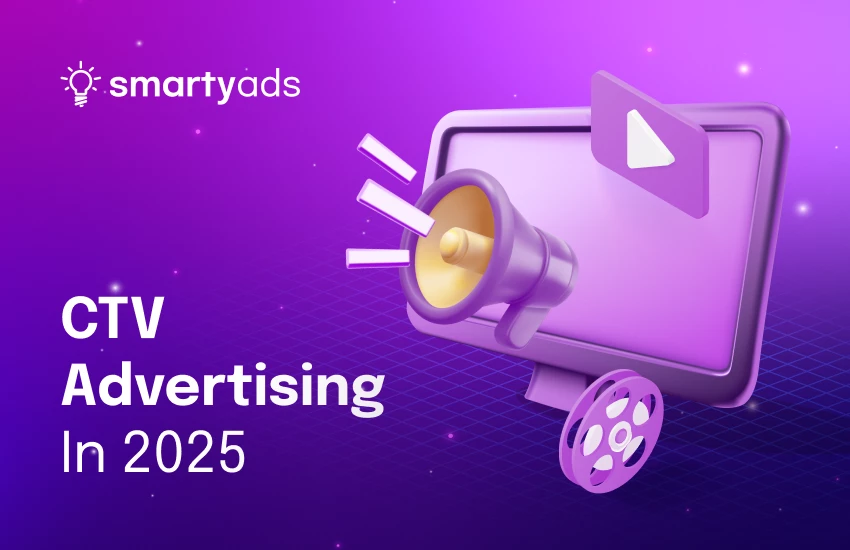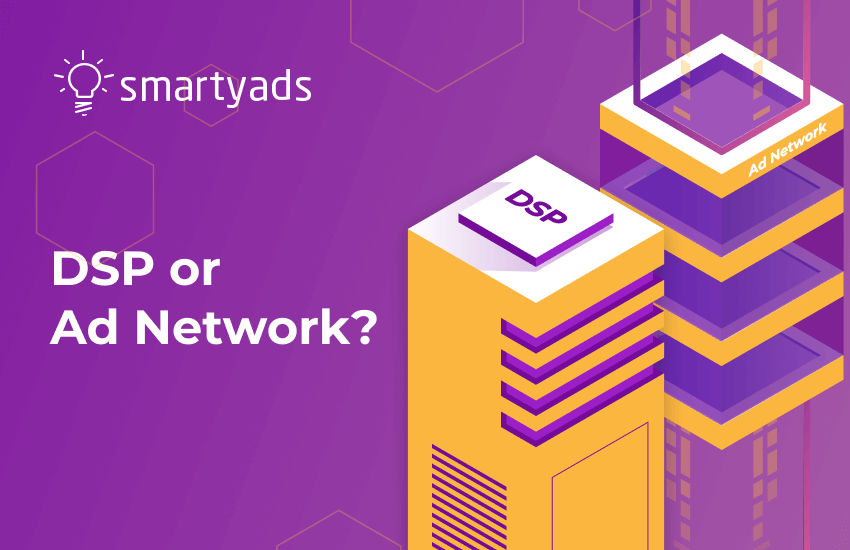If we talk about the future of video advertising, especially on CTV, one thing becomes clear—ad podding will define the industry for many years to come. In simple terms, ad podding is the practice of serving a couple of ads back-to-back in a single break, and it is something we’ve already used in traditional television. However, for Connected TV, ad podding is becoming more than just replicating the TV experience. It is a method that simultaneously increases ad revenue and creates a smooth, predictable user experience.
Why this is so important – advertisers spent over $29 billion on CTV in 2024, and this figure is expected to surpass $38 billion by 2027. That means publishers who can serve premium, TV-like ad experiences are positioned to capture a rapidly growing slice of this spend, and today, we are going to find out how to make it doable.
What exactly is ad podding?
To put it simply, ad podding is the digital version of a commercial break. Instead of one solitary pre-roll or mid-roll ad, you place a “pod” of multiple ads in a row. Viewers experience this as one natural break in the video content, rather than an unpredictable interruption.
From a technical standpoint, we can describe it like this: Each ad pod is made of several ad tags, which together form a single “pod.” Publishers can insert those tags via CSAI or SSAI (technologies for enabling ad monetization in video flows).

Think of an ad pod as a lineup: each request takes its turn until an ad is delivered. The longer that lineup is, the better the chances that the break gets filled with relevant ads.
The real advantage is flexibility. Publishers can stack several requests into one break instead of relying on a single tag. That way, there’s more control over how the ad slot gets filled and a higher likelihood of turning that moment into revenue.
Pre-roll, mid-roll, and post-roll pods
Pods can appear at different points in video content:
- Pre-roll pods play before the main content starts.
- Mid-roll pods run inside the content, often at natural transition points.
- Post-roll pods appear after the main video ends.
Expert opinion:
In our experience, mid-roll pods in CTV might be the most solid option in terms of revenue and user experience. If you think about the way people watch a drama or a football match that runs close to an hour, commercial breaks don’t come as a surprise. They’re baked into the viewing habit, carried over from years of TV. This is the main reason why mid-rolls usually blend in more naturally than other ads of a similar kind on TV.
And this is also the main reason why advertisers give preference to those. Closer to the middle of their favorite show or the game, users are definitely less likely to close it. That attention translates into stronger performance: research has found that completion rates for mid-roll ads on CTV can climb as high as 97%, while pre-rolls average closer to 74%. Still, pre-rolls have their place. They’re a reliable tool when the aim is broad exposure, because every single person who hits play will see the ad before the content begins. For product launches or awareness campaigns, guaranteed visibility is hard to beat.
Why ad podding matters for CTV and OTT
Higher revenue from monetization or better user experience – that’s always been the biggest dilemma of publishers, especially when working with apps and placing ads in videos. If you overload viewers with disruptive ads, they abandon the content. If you show too few ads, you leave money on the table. Ad podding helps solve this problem by creating structured, predictable ad breaks that resemble traditional TV commercial pods. As a result, often publishers who embraced ad podding increase their ad revenue by up to 60%.
So, what ad pods are doing?:
- Multiplying ad impressions. Pods are very beneficial for publishers as they enable inserting several ad impressions instead of just one into an ad placement. This way, a single ad break can support e.g, three impressions, compared to another placement that generates just one impression.
- Creating greater competition for premium spots. Multiple advertisers can compete for serving ad impressions during that same break, which inevitably will raise fill rates for publishers and their premium inventory.
- Ensuring a familiar ad experience. Third, they create a sense of familiarity. Viewers who grew up with TV expect commercial breaks, so the format feels less intrusive than random interruptions.
We’ve seen that publishers implementing ad pods often achieve higher RPMs without sacrificing engagement rates. That’s because pods don’t just increase volume; they optimize the way demand is allocated across breaks, making inventory more attractive to buyers.
Olena Dokova, Head of SmartyAds SSP.
The OpenRTB 2.6 advantage
The introduction of OpenRTB 2.6 was a turning point for podded advertising in programmatic environments. Before this update, many publishers had to use workarounds to signal podded supply to demand partners. Now, podding is natively supported in bid requests, making the whole process more transparent and efficient.
With OpenRTB 2.6, publishers can:
- Indicate the exact structure of ad pods to buyers.
- Attract advertisers who specifically want TV-like placements in streaming environments.
- Ensure that auctions run smoothly, because demand-side platforms know how to value podded supply.
Pro tips for smarter ad podding
Over the years, we’ve learned that the difference between a well-executed podding strategy and a poorly executed one often comes down to details:
- Pod length matters. Keeping pods between two and five ads is generally the sweet spot. Too few, and you limit revenue potential. Too many, and viewers disengage.
- Mixing ad durations keeps pods dynamic. A sequence of 15- and 30-second ads feels more natural than three identical spots in a row.
- Placement strategy changes the outcome. Mid-roll pods often outperform pre-rolls in long-form OTT content because viewers are already invested in the program. Pre-rolls are better for achieving a broader reach.
- Natural breakpoints reduce churn. Inserting pods where a scene ends or a chapter closes minimizes disruption and helps with completion rates.
- Data is your ally. Track not just impressions, but completion rates and drop-offs. This will tell you if pods are enhancing or harming your revenue over time.
Example: How ad pods work in a 45-minute CTV show
Let’s take a 45-minute OTT sports show. With single ad slots, you might serve one pre-roll, one mid-roll, and one post-roll—three ads in total. With ad podding, you can serve:
- Two pre-roll ads before the show starts.
- Three mid-roll pods, each with three ads, during natural breaks in the game.
- One post-roll pod with two ads after the broadcast ends.
That’s 13 ad impressions instead of 3, and because they’re grouped in predictable breaks, the audience accepts them much more willingly. Such setups lead to double-digit increases in RPM while keeping completion rates steady above 90%.
How SmartyAds SSP helps publishers
At SmartyAds, we don’t just offer ad podding as a technical feature—we see it as part of a bigger vision for CTV and OTT monetization. Our SSP supports ad pod delivery, and with OpenRTB 2.6 integration, publishers can reliably signal podded supply to buyers.
In practice, this means:
- Advertisers know they’re buying structured, TV-like ad breaks.
- Publishers get higher fill rates and CPMs.
- Viewers get a user experience that is expected and predictable on many streaming services.
Since SmartyAds SSP supports different formats and beneficial mechanics of ad serving, publishers tap into the pool of possibilities, deciding how they serve these ads and what leverages to apply for optimizing both revenue and user experience. Check publisher gallery for other advantageous formats like ad podding.
Final thoughts: CTV is the future—pods make it profitable
CTV and OTT are becoming increasingly popular as these media make ad serving on TV flexible and far more affordable than it used to be with linear TV placements. At the same time, placing ads in CTV videos requires a certain level of sophistication, so publishers should care about tools like ad podding that don’t alienate viewers and drive more revenue from monetization.
Such an advantageous method of ad placement can boast several advantages at once: maximized revenue from serving several creatives and an understandable and structured TV-like experience. With SmartyAds SSP, publishers gain everything they need to implement ad podding today—backed by advanced tech, global demand, and proven results.
Ready to take your CTV monetization to the next level? Register on SmartyAds SSP and start serving ad pods that perform.




